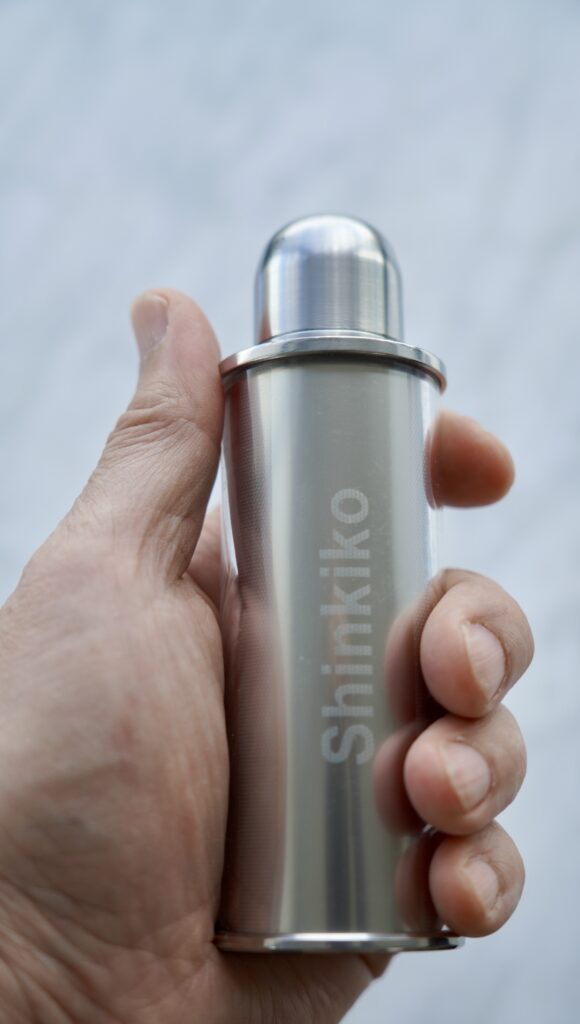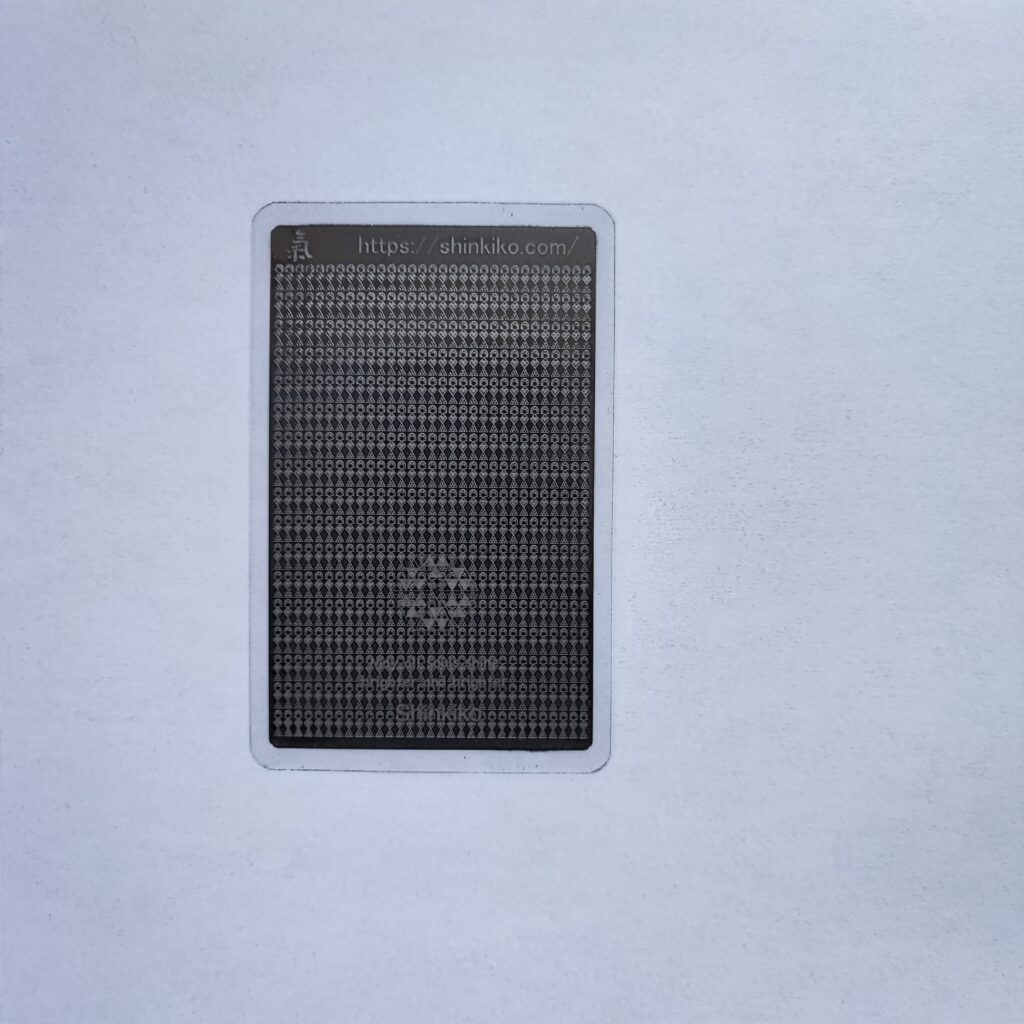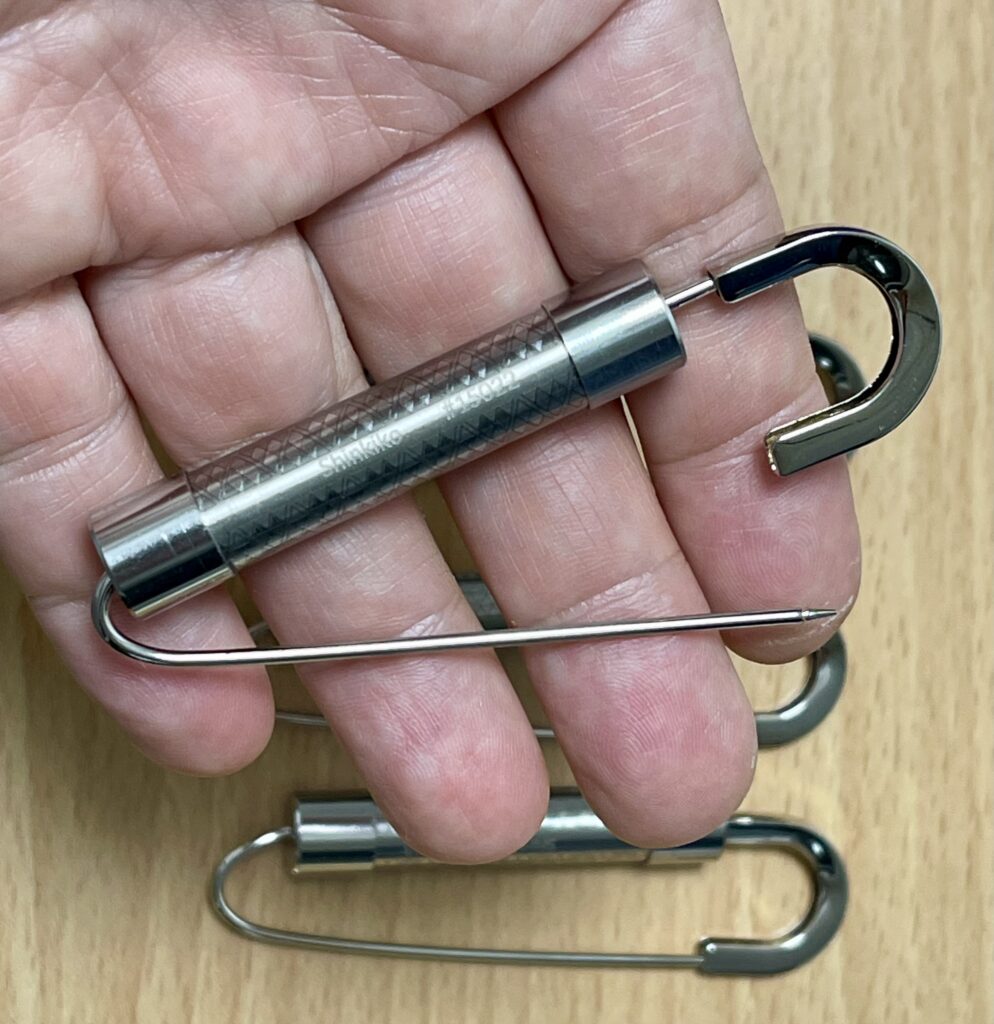Yesterday, Dr. Nishimoto appeared on YouTube Live with Mr. and Mrs. Oharada, which is held every Thursday from 7:30 pm. Dr.Nishimoto has just published a new book, “You can cure ulcerative colitis by yourself,” and he gave a very interesting and easy-to-understand talk. The book’s description says, “Up to 46 times a day, I had bloody stools and went to the toilet, and my doctor declared that it was 99.999% incurable…” In a sense, it is a story of a heroic experience.
Dr. Nishimoto overcame ulcerative colitis himself and has helped many people based on his experience, but what he was talking about with Mr. Oharada was, “What if he hadn’t developed ulcerative colitis?” “I wonder what he was doing?” “My experience lives in others”, this is probably the arrangement of the universe.
If I hadn’t gotten sick when I was an office worker, I wouldn’t have stepped into this world of Ki, so maybe there’s nothing really wrong with me. The other day, December 11th was the anniversary of my predecessor’s death(my father). What would have happened if I didn’t have the “Ki Relay Device Hi Genki” that my predecessor learned how to make from the white-bearded old man who appeared in my dream? I was thinking about it again. I might have quit my job because I wasn’t feeling well.
Even if I had been lucky enough to continue working as an office worker, I would have never dreamed that Ki was connected to the mind and body, so what would have happened? I would have accumulated stress to the maximum and lived a life filled with complaints and dissatisfaction. And since I’m already at retirement age, even if I were working under the reemployment system, I would never have dreamed of raising a one-year-old child.
Today, my son has been 100 times more energetic since this morning, running around the room, scattering toys, and making a fuss. It’s really strange to think that this child might not have existed in this world at all. I wouldn’t have met all the readers who continue to support Shinkiko…If you think about it that way, thanks to the gift from the universe called Hi Genki, mysterious connections have been made one after another. So, up to now. There were many seemingly bad things that happened to me as well, but as I worked hard and continued to focus on Shinkiko, I found myself where I am today.
My predecessor said, “Everything in life is a series of meaningful things,” and what makes the meaning even deeper is the energy of Shinkiko from the universe. I would like to conclude by borrowing the words of my predecessor. “Let’s all use Ki well and live a happy life.” Thank you, Gassyo (join your hands)!!


